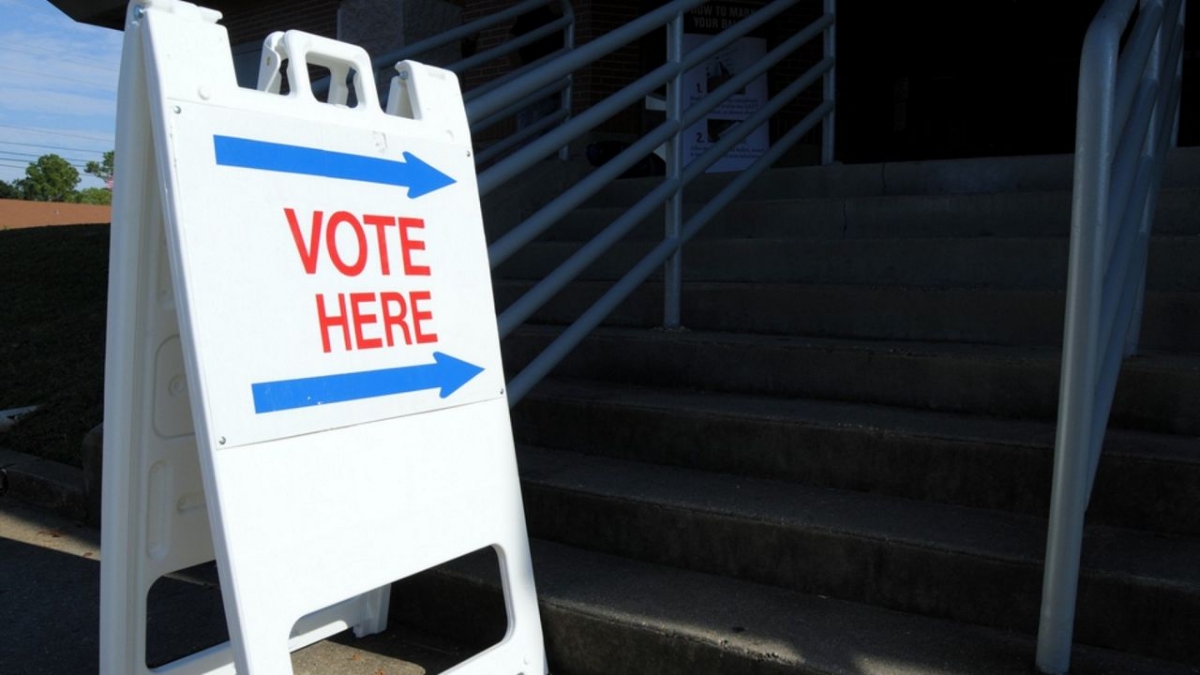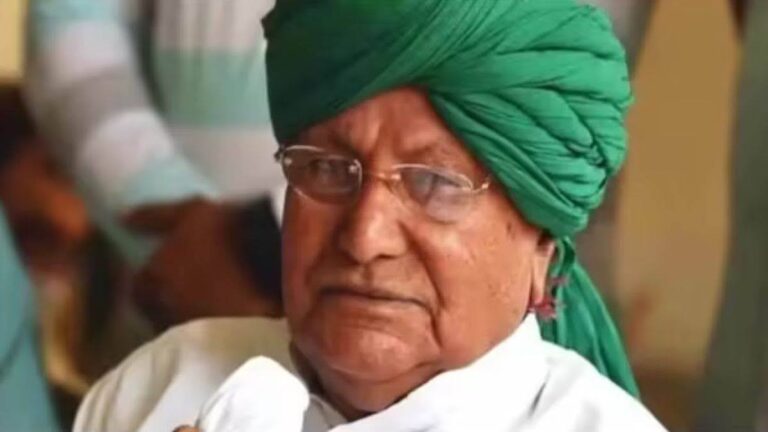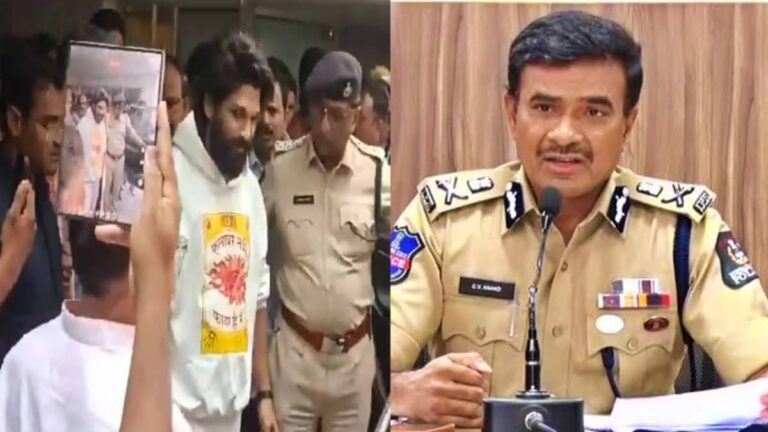Knowing where to vote is essential for any election, as your polling location is specific to where you live. This guide will help you find out where to vote in the United States, the importance of confirming your location, and tips for a smooth voting experience.
Why It’s Important to Know Where to Vote
Knowing where to vote ensures you’re casting your ballot in the right precinct, preventing any delays or invalid votes. Polling locations are assigned based on your residential address, meaning your polling station is specific to you and other voters in your area. Arriving at the correct place reduces the chances of having to re-locate, saving time on Election Day.
How to Find Your Polling Location
Use the Official State or Local Government Website
The most reliable way to find out where to vote is by checking your state or local election website. Almost every state has an online voter portal where you can:
- Enter your address to find your polling location.
- Verify voting hours.
- See if your precinct has changed since the last election.
Some states also offer live wait-time updates, making it easier to choose when to vote. Be sure to use official government resources to avoid misinformation.
Search on the U.S. Vote Foundation Website
For an additional layer of confirmation, the U.S. Vote Foundation offers a polling place locator. This nonpartisan site lets you input your state and address to find accurate polling locations nationwide. It’s particularly helpful for absentee or overseas voters who want to verify their registration details.
Other Ways to Find Out Where to Vote
Check Your Voter Registration Card
If you recently registered to vote, your voter registration card will often include your polling location. Keep this card handy, as it contains other important details, such as:
- Your polling location’s address
- Election dates
- Contact information for your local election office
Contact Your Local Election Office
Calling or emailing your county’s election office is another effective way to confirm your polling location. Officials can provide directions, parking details, and accessibility options if needed. This is a helpful backup method if online resources are unavailable or if you prefer direct assistance.
What to Bring to Your Polling Place
When heading out to where to vote, make sure you bring the necessary identification. Many states have specific voter ID requirements that vary depending on local laws. Check your state’s ID policy before Election Day, as valid identification could include:
- A government-issued ID (e.g., driver’s license, passport)
- Military ID or a state-issued voter ID card
- Utility bills or bank statements with your current address (in some states)
For a hassle-free experience, confirm your state’s ID requirements beforehand to avoid complications.
Voting Early and Absentee Voting
Early Voting Locations
If you’re planning to vote early, your polling location may differ from where you would go on Election Day. Many states have designated early voting centers, often located in high-traffic public buildings like libraries, schools, or city offices. Confirm these locations on your state’s election website or at your local election office.
Absentee Voting
Absentee voting provides flexibility if you can’t be present at your polling location on Election Day. Most states allow absentee voting for various reasons, and some offer “no-excuse” absentee voting, meaning anyone can request a ballot without providing a reason. To participate, follow these steps:
- Request an absentee ballot from your state election office.
- Fill out the ballot as directed, ensuring all details are accurate.
- Return it by mail or at a designated drop-off point.
Ensure you return your ballot on time, as deadlines vary by state.
Preparing for Election Day: Tips for a Smooth Voting Experience
Here are some quick tips to make sure you’re ready when you arrive at your polling location:
- Double-check your polling location: Since locations can change, confirm your where to vote address a few days before Election Day.
- Plan your arrival time: Mid-morning and mid-afternoon often have shorter lines than early morning or late evening.
- Prepare identification: Bring the necessary ID based on your state’s requirements to avoid delays.
- Review your ballot beforehand: Some states allow you to view a sample ballot online so that you can review candidates and issues in advance, which helps you vote quickly and confidently.
Conclusion: Making Your Vote Count
Knowing where to vote is a fundamental step in the voting process. Whether you’re voting in person on Election Day, early, or via absentee ballot, confirming your polling location ensures your voice is heard. Take time to prepare, double-check your location, and plan your voting day for a seamless experience that contributes to your community and the nation.
By following these steps, you can easily find out where to vote and ensure you’re fully prepared for a smooth, successful voting experience. Every vote counts—make sure yours does too!



















